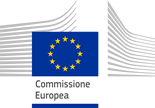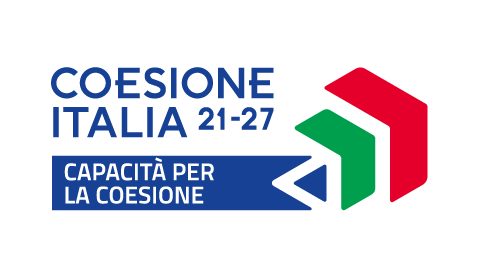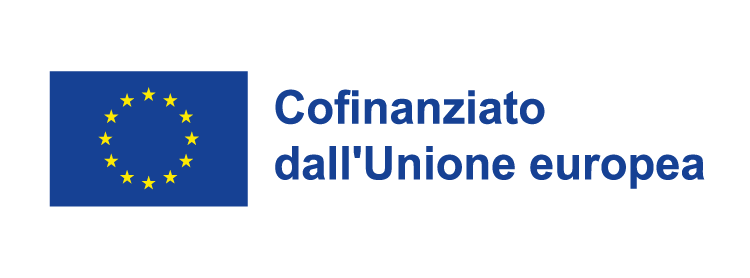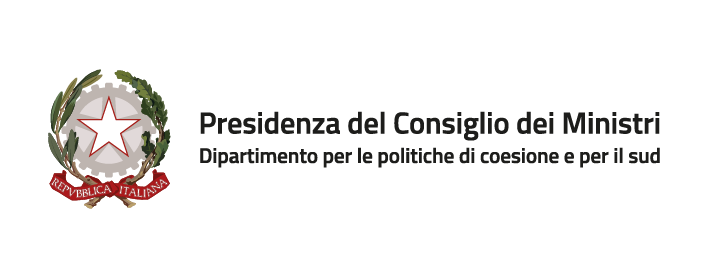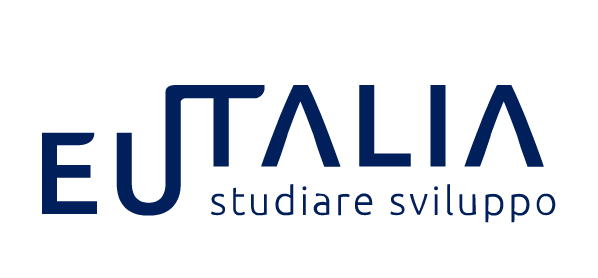
Assisi has always been a medieval city, known as “The City of Peace”. Nevertheless, it has never reached the national levels regarding the use of Internet (Image 3). For this reason, the Region of Umbria decided to employ European fundings for the creation of DigiPass Assisi. What have the funds been used for? Have these results been reached? Our team hosted Istat experts to better understand how to exploit reliable sources.
The first step was analyzing the site “Opencohesion” in order to get the main information about the fundings. Almost half of it (49,12%) was given by the European Union (Image 1) while the other half was provided by Revolving funds (36,14%) and the Region (14,74%).
But how were these funds employed? On Image 2 we can notice that only 0,2% ( €496,15) of it was used for planning and direction activities, while 20,3% (€46.310,64) was destined to construction work and facilities (VAT included) and 29,1% (€66.370,21) was dedicated to cover the costs of the equipment such as hardware, software, wiring and furniture. With the remaining 50,4% (€115.122,37), communication services and implementation of events were financed. This shows us that most of the funds have been employed on distribution and advertising.
Which leads to the next questions: what were the results of the project? Has the advent of DigiPass Assisi actually increased the use of Internet? Thanks to the data provided by Istat (Image 4) we can deduce that there has been a clear increase in digital use since 2017. If we go into detail we can notice that in 2017 the percentage of people that used Internet was almost 47% compared to the 37% of people that didn’t use it. The following year, the first percentage increased to 52%, while the percentage of people that didn’t use it decreased to a 28%. After three years of DigiPass services we can notice how the number of people that use Internet has now reached 65%. On the contrary, the percentage of people that don’t use it has dropped to 18%.
Is DigiPass Assisi the real cause of this increase in the use of Internet? Actually, it might be! DigiPass Assisi gave us material to work on by sending data about the frequency of use and the types of services requested by the users. According to the data of Image 5, related to the frequency of DigiPass Assisi users, it is clear that the trend remained constant in the first four months. However, from May to August there was a notable increase of almost a hundred users. It reduced in the last months of the year, maybe because DigiPass Assisi services are intended to make people more independent regarding the use of Internet.
What are the services that the customers ask for the most? As we can see from Image 6, the highest requests are due to the SPID creation, which is probably of difficult access to many people. Instead, the lowest request is for PagoPA activities, probably because it is a service that people can easily use independently and easily. A very interesting fact about this graph is that from the second to the third quarter, the requests have decreased, except for those concerning the SPID, which have slightly increased. This leads us to the conclusion that DigiPass Assisi is most likely to be used for difficult one-time services (like the SPID creation) than for other services for which people will easily become independent after only one visit to DigiPass Assisi.
Our team, however, did not stop at secondary sources. We wanted to go deeper and see if Assisi knew DigiPass Assisi. What better way to start than with our school? The first step was the creation of a poll that would collect the data we needed in a few days. We spread the link among the students of Liceo Assisi Properzio and we analyzed the results in a static graph (The use of Internet among teenagers of Assisi). Out of 322 answers, we found out that 10,2% already knew DigiPass Assisi and 2,8% had used it, which is actually a good percentage, considering how new the service is! One question of the poll was about the age of the students which were, for the majority, between 15 and 16 years old (image 7). The majority of the them uses Internet for more than 3 hours per day, while only a very small number uses Internet less than one hour per day (Image 8). The most used device seems to be the phone, on which the students tend to spend most of their time (Image 9). These are interesting data if confronted with those already collected because it shows how even young students who use Internet everyday are often in need of the DigiPass help.
Probably thanks to the effort of the new DigiPass services, the city of Assisi is slowly leaving behind all the mistrust on digital means and is finally ready to become a “less medieval, more digital” city. There is still a long way to go, but The Smartech Team is ready to dive right in!











